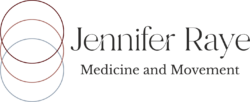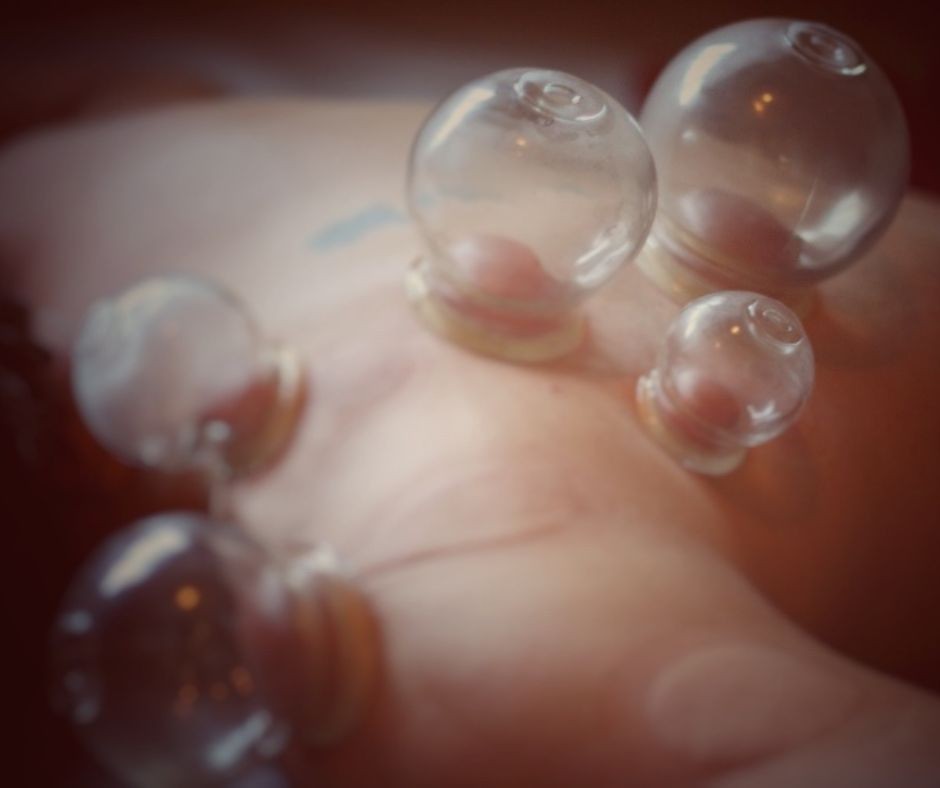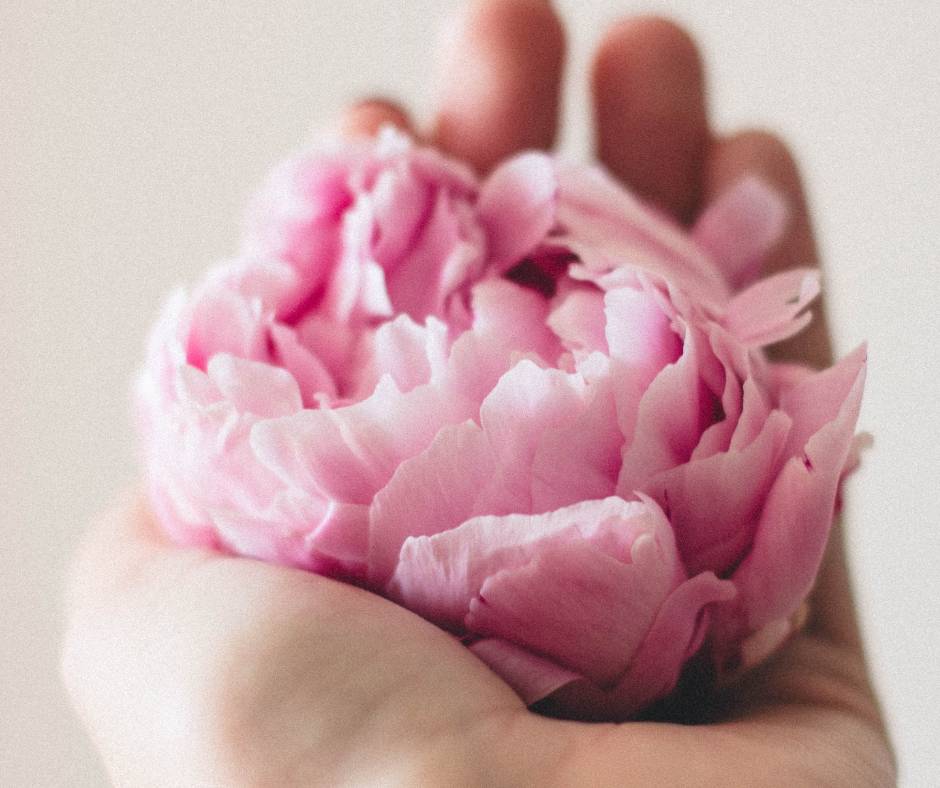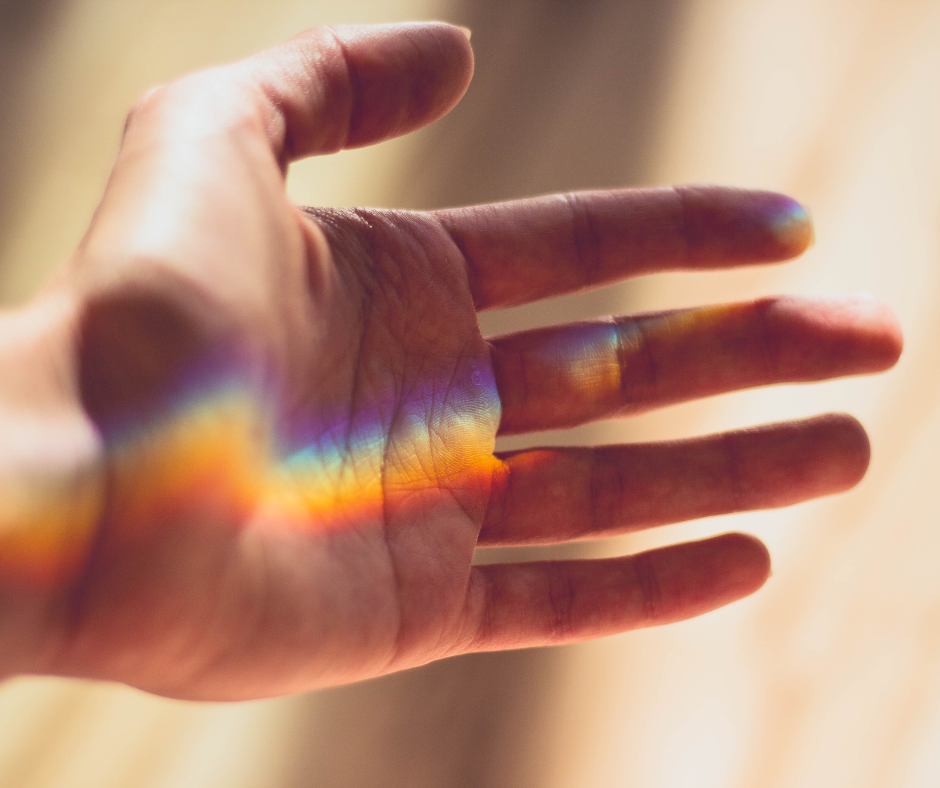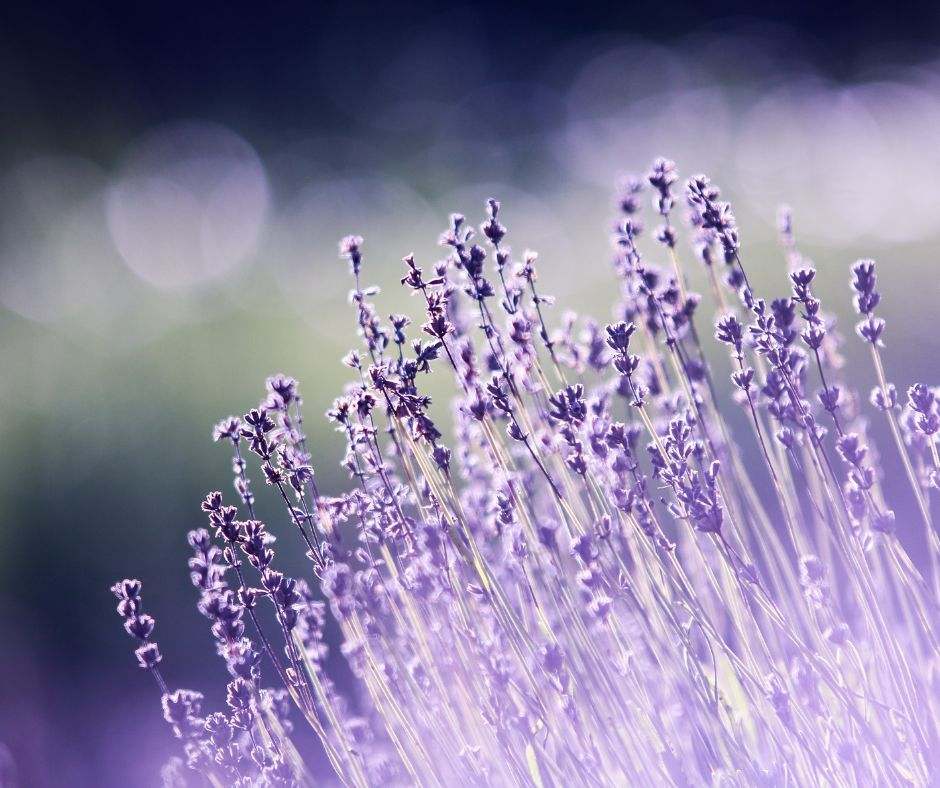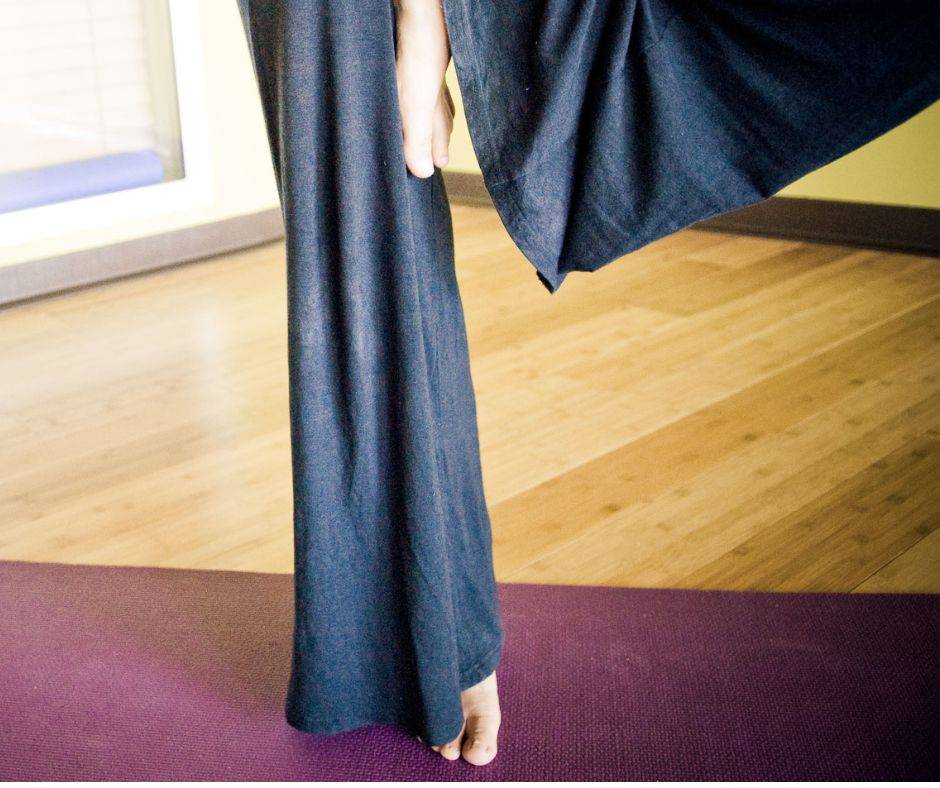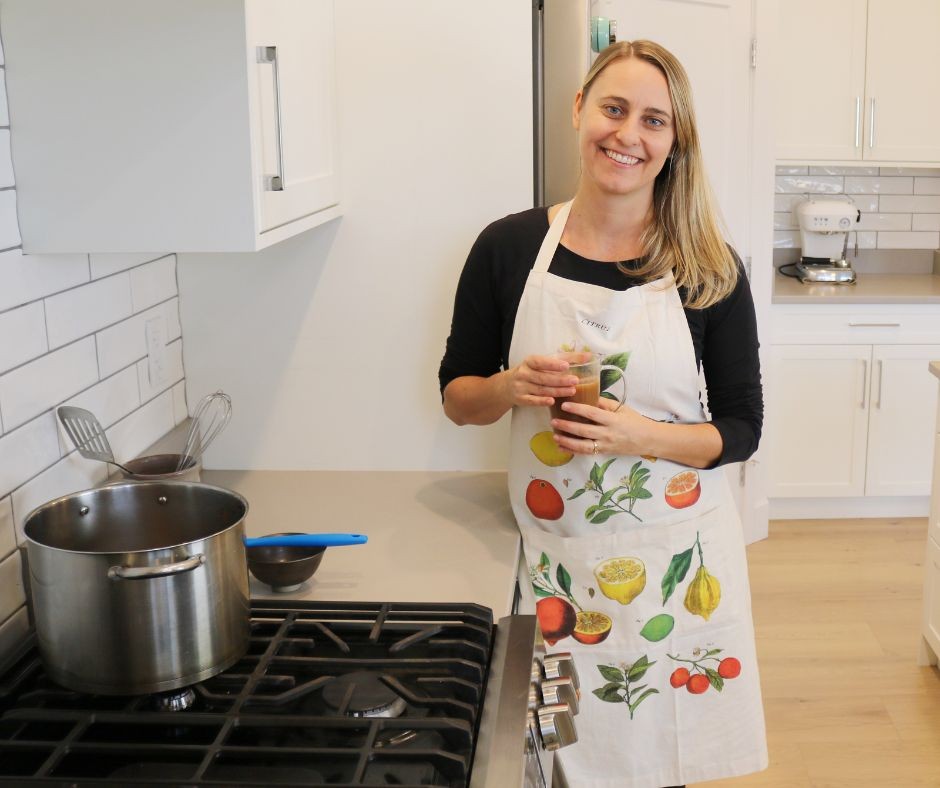Recently, the practice of cupping received an uptick of interest in popular culture, so I thought I would provide some general information on the practice here. I use cupping on patients in my Chinese Medicine practice, and I’ve received plenty of cupping myself!
History of Cupping
Cupping therapy has been used for thousands of years in a wide variety of cultures and traditions around the globe. According to expert accounts, almost every traditional medical system has a healing modality similar to “cupping.” There are even examples of cupping used by highly trained doctors in Western hospitals in the early 1800’s. Cupping has historically been used within medical systems in Egypt, Greece, parts of Africa, the Middle East, Tibet, Thailand, and China.
Cupping Uses
In Traditional Chinese Medicine (TCM), cupping is one of the modalities used within the larger umbrella of medical care. As a practitioner of TCM, I use cupping in my practice to help move “stagnant Qi,” “stagnant blood,” and “pathogenic wind and cold.” Another common way of using cupping is to move stagnant phlegm from a history of smoking or a lung infection.
Stagnant Qi and blood in the body can lead to pain and discomfort. Sometimes, stasis of blood or Qi is due to traumatic injury, but at other times, stasis is due to internal factors like tension and stress. Sometimes, stagnation is prominent in areas of accumulation or “trigger points,” while stagnation occurs over a broader area at other times. Pathogenic wind and cold in the body are usually due to exposure to the elements (like wind and cold), leading to pain and other symptoms of general malaise. These disease factors can manifest or be present due to chronic disease, tight or sore muscles, exposure to the elements, and stress.
The process of cupping can be a very effective and therapeutic treatment tool. While there are many different kinds of “cups” and variations in techniques, the basic premise remains the same. The practitioner uses the cups to create a vacuum on the body, which sucks up the surface of the skin leading to an accumulation of blood in the area.
Is cupping painful?
The procedure may look strange or painful, but most people find the suction feeling on tight muscles quite soothing. Some patients also describe the sensation as similar to a massage. Depending on the technique the practitioner is using, the cups can be moved around or left stationary. Sometimes, the cups leave a circular ring on the skin that resembles a bruise, but the marking is rarely painful.
Western medicine has found some explanations for why the cupping process works. On a physical level, primarily, it creates more circulation through the blood and lymph through the skin. I find it most helpful to stick to explanations using the language of Chinese Medicine because the understanding and description of cupping using Chinese Medicine terminology is much more nuanced and complex than our Western understanding.
Learn more about cupping:
Traditional Chinese Medicine treats the whole person, so cupping is usually just one piece of an overall treatment plan to address the condition or concern. If you haven’t tried it, I highly recommend you do! If you’re interested in learning more about Chinese Medicine, check out more blog posts on Chinese Medicine here.
More info and clinical trials on cupping: Traditional Chinese Medicine Cupping Therapy by Ilkay Zihni Chirali
